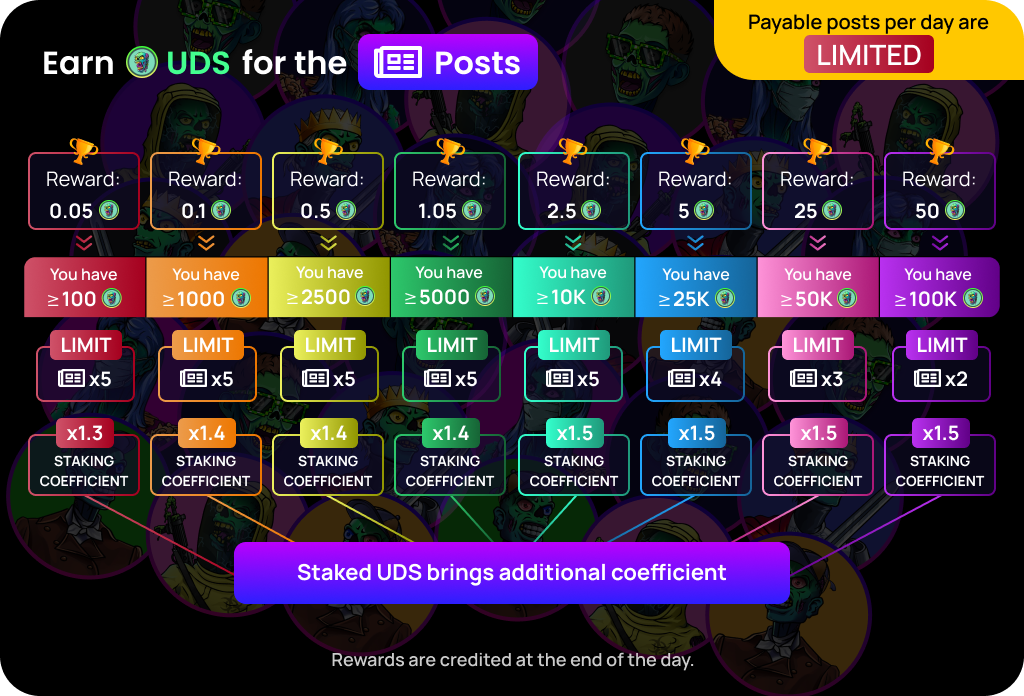How do cross-chain bridges actually work, and what are their biggest security challenges?
-

Cross-chain bridges let users move tokens or data between different blockchains—for example, from Ethereum to Solana. But blockchains don’t naturally “talk” to each other. A bridge must verify that funds were locked on Chain A before minting an equivalent asset on Chain B.
Most bridges follow one of these designs:
Lock-and-mint: A smart contract on Chain A locks the asset, while a contract or validator network on Chain B mints a wrapped version.
Burn-and-release: Tokens on the source chain are burned, and an equivalent amount is unlocked on the destination chain.
Liquidity networks: Instead of wrapping tokens, liquidity providers on both chains simply settle balances when transfers occur.
The security challenges are huge. Bridges are attractive targets because a single exploit can drain massive value. Risks include:
Key management: If a few validators hold the private keys controlling funds, compromising them compromises the bridge.
Smart contract bugs: Vulnerabilities in the code can allow attackers to bypass verification.
Consensus failures: If the validator set colludes or is attacked, the bridge can falsely confirm transactions.
Best practices include using large validator sets with threshold signatures (e.g., MPC or multisig), frequent audits, onchain monitoring, and ideally, native interoperability like IBC (used in Cosmos) to reduce trusted third parties.

















